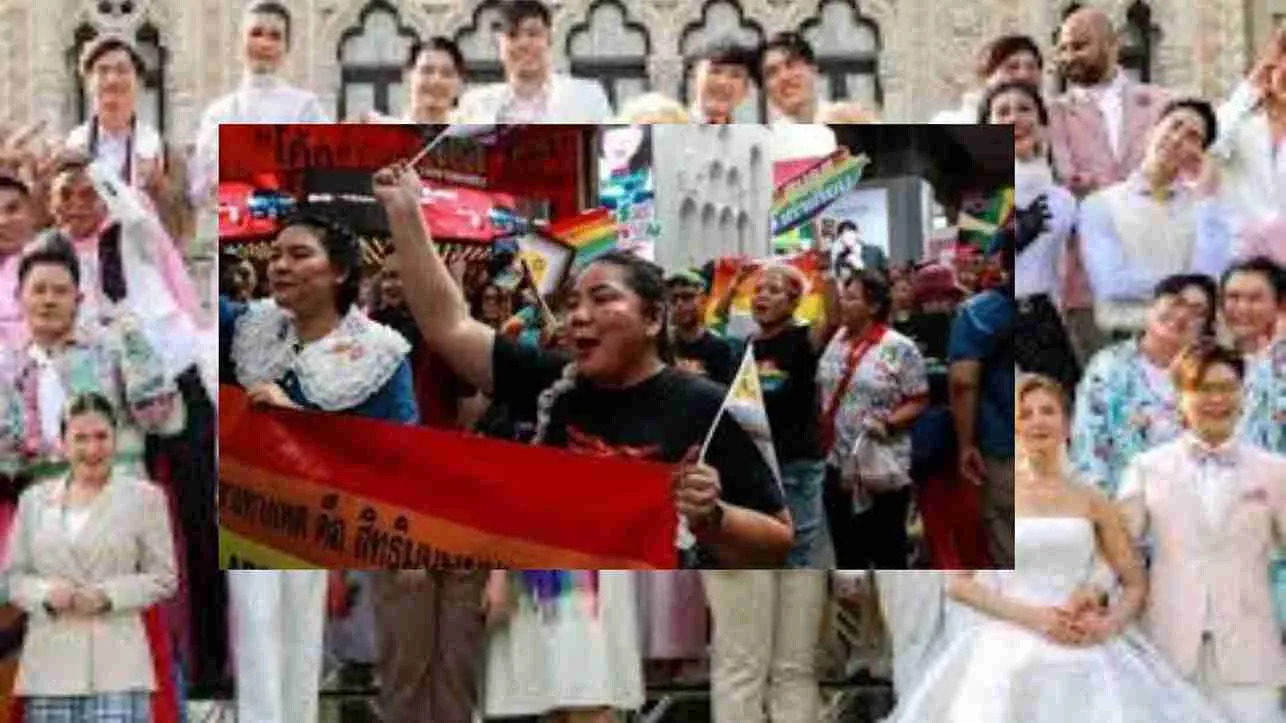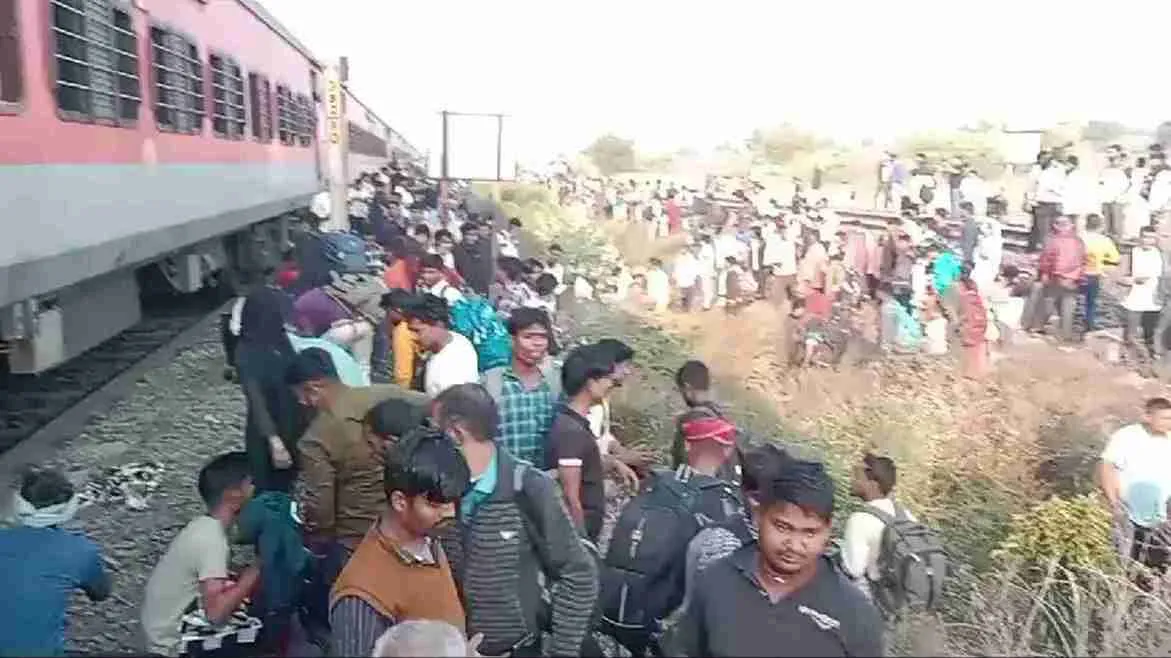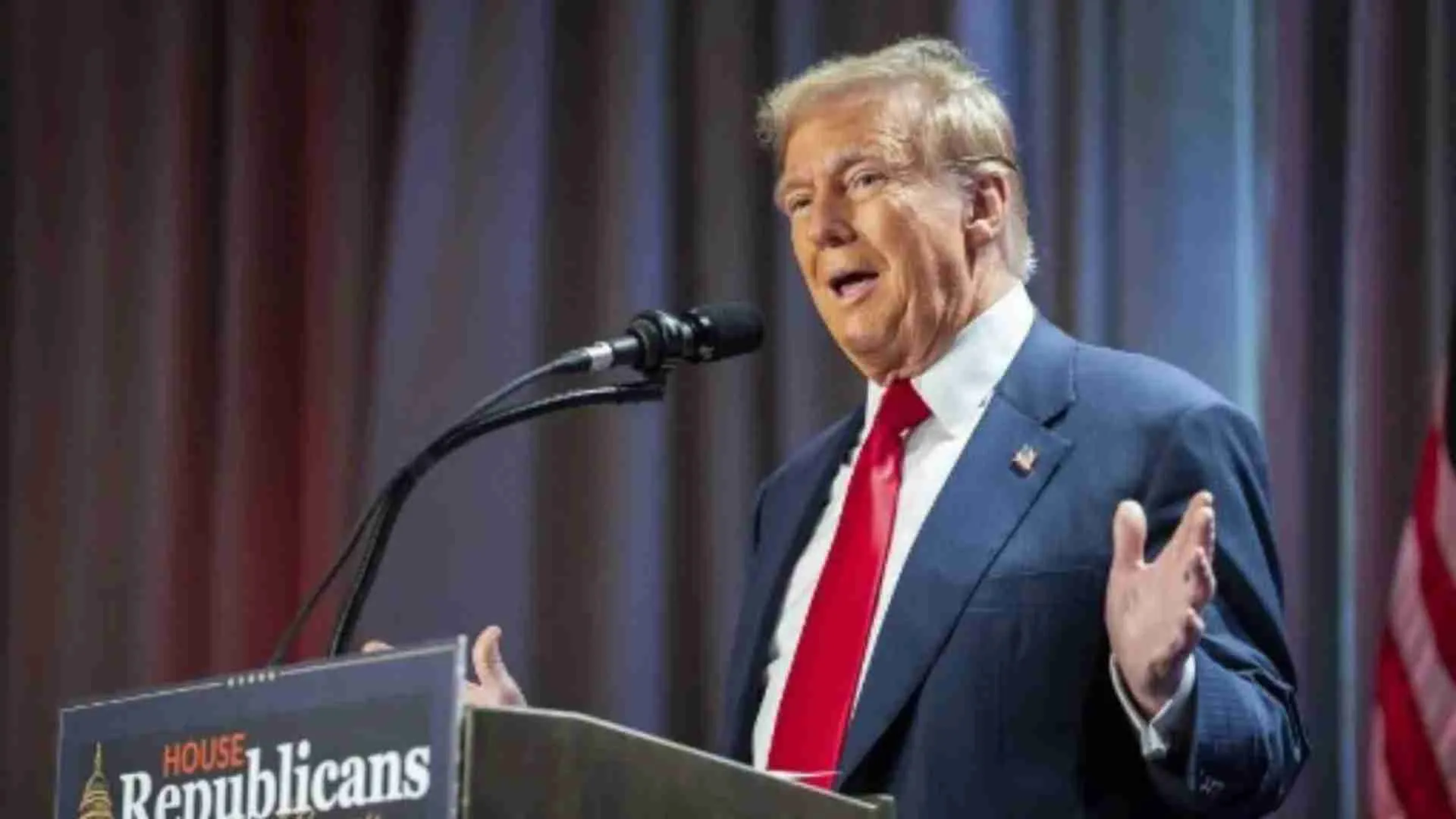Elections to the urban local bodies of Uttar Pradesh are less than a month away. All major political parties in the fray ranging from the Bharatiya Janata Party (BJP), Indian National Congress (INC), and Bahujan Samaj Party (BSP) to regional parties like Samajwadi Party (SP) and Suheldev Bhartiya Samaj Party (SBSP), are gearing up to contest elections to the municipalities and Nagar Panchayats. The elections come on the back of the Yogi Adityanath-led BJP government’s second consecutive victory in the state in March 2022 and less than two years before the 2024 Lok Sabha Elections. With the state holding the lion’s share of the seats in the Lok Sabha, elections to the local bodies will cast a shadow on the 2024 elections as well.

For the BJP, the contest to the Lok Sabha is an attempt to clinch a third consecutive victory, whereas for the INC it is more of an existential fight to the finish. For the Aam Aadmi Party (AAP), it presents an opportunity to display the party’s strength on the national stage, whereas for the SP, both the municipal and Lok Sabha elections will be about reinforcing its position as the prime opposition while aiming to defeat the BJP. Lastly, for the BSP, it’s more about regaining its lost charm in the state that once gave its leader an astounding victory in 2007. This makes the municipal elections in the state an important precursor to the 2024 elections. x“
We take a look at what the main parties are doing to prepare for the upcoming urban local body elections and why are the elections so crucial for them.

BJP’s Urban Focus
Under chief minister Yogi Adityanath’s leadership, the BJP has won four consecutive elections in the state – the 2014 Lok Sabha elections, the 2017 Assembly elections, the 2019 Lok Sabha elections, and the 2022 Assembly elections. With the Lok Sabha elections less than two years away, the impending civic body elections will set the stage for the party’s campaign strategy in the state and shed light on Yogi Adityanath’s following in the urban areas. In the 2017 civic body elections, the party won 14 of the 16 Municipal Mayor seats, and nearly 50 per cent of the Municipal Council seats, marking a significant jump from the 2012 elections for both. For the upcoming elections next month, the party’s preparations have begun as it appointed conveners for the polls and election in-charges for each of the 17 Nagar Nigams. It has divided the state’s urban areas into three regions for organisational purposes – Western UP, Awadh, and Gorakhpur.
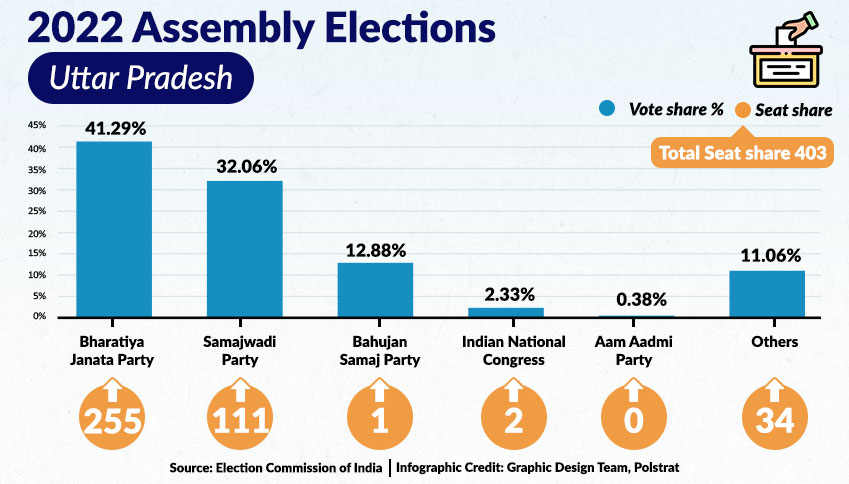
Saffron Outreach to Pasmanda Muslims and Intellectuals
The BJP’s focus clearly appears to be on the next Lok Sabha elections, and UP is an important bastion it wants to hold on to. Through the municipal elections, the BJP leadership aims to reach out to Pasmanda Muslims and win them over for the 2024 Lok Sabha elections. The party leaders are consistently raising and addressing issues of Pasmanda Muslims. While the Muslim vote has largely eluded the saffron party, apart from Shia support from some pockets and evident from the 2022 Assembly elections when Muslims supported the SP in large numbers, attempts to appease a section of the community appear to be aimed at chipping away the SP’s consolidated Muslim vote base in urban areas.

Leading the party’s UP campaign is CM Adityanath who has so far addressed Prabuddha Jan Sammelans, or intellectual meets, in seven municipal corporations of the state. The party plans to cover the remaining ten municipal corporations before the announcement of dates for the civic polls. The party is using these sammelans to announce big-scale projects focused on urban infrastructure. While addressing the 27th November sammelan in Ayodhya, the CM launched 46 development projects worth Rs 1,057 crore similar to announcements made during previous sammelans. The sammelans are also being used to emphasise the improvement of urban infrastructure under the BJP’s two terms.
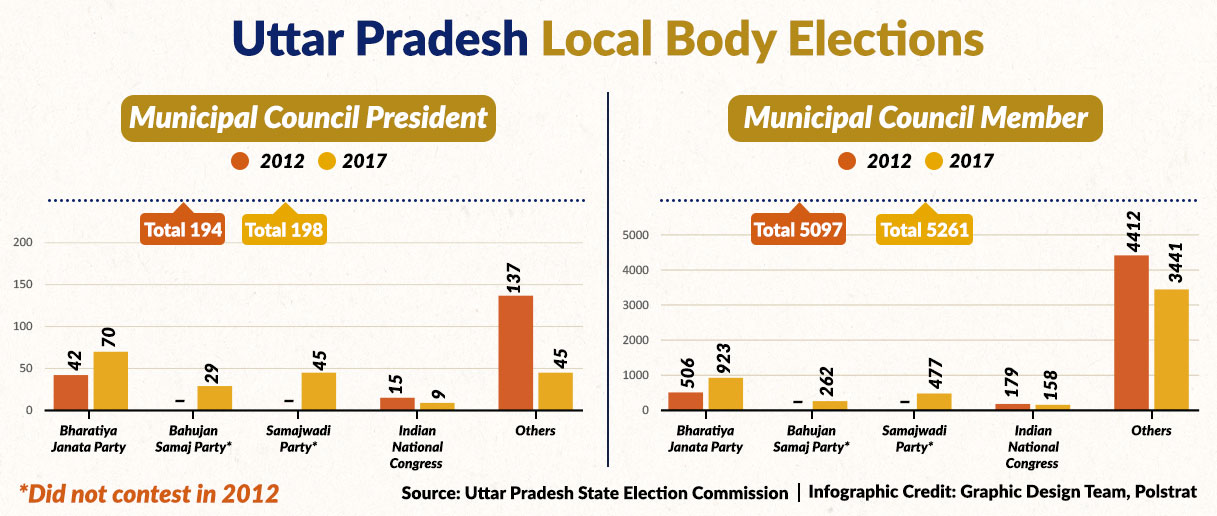
The party is looking at the elections as a semi-final before the battle for the Lok Sabha 2024 and is pulling all the stops especially with its target of overcoming the challenge it faced from the SP-led alliance in 2022.
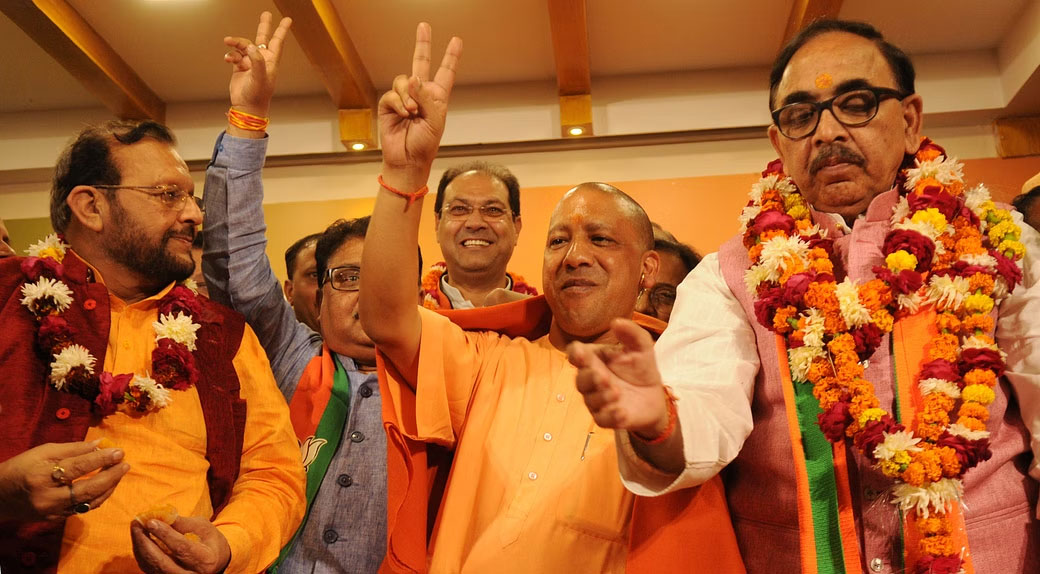
INC: Fight to the Finish
In 2022, when Priyanka Gandhi Vadra was entrusted with leading the INC’s campaign in the state Assembly elections, Gandhi’s focus on women voters was expected to give the party an edge in an otherwise losing battle. The results, however, sealed the party’s fate in state politics as it managed to win two seats in the assembly. In the municipal elections, while the party did not win any seats in 2012 and 2017 on Municipal Mayor posts, it managed to gather 100 Municipal Councillor seats in 2012 and 110 in 2017. The party dropped its seat tally slightly between 2012 and 2017 elections for both Nagar Panchayat President and Member posts (by four and 12, respectively) and Municipal Council President and Member posts (drop of six and 21, respectively).
In a major shift in the organisational frame of the party after the 2022 debacle, Brijlal Khabri was appointed Uttar Pradesh Congress President in October, 2022 even as the recent party appointments point towards the party’s attempt to balance caste equations. While Khabri belongs to the Dalit community other new appointments include two Brahmins, a Muslim, a Bhumihar, and two others from backward castes as regional heads. The appointment of six regional heads in the state Congress Committee was in itself a new formula for the party. The party lost its crucial Muslim vote bank to the SP and BSP over the years even as the BJP took over the OBC, upper class and urban vote bank. Recent changes in party positions are aimed at sending a message to the public that the party is keeping all communities in its mind for both the impending municipal elections and for 2024. However, the elections are turning into a multi-cornered contest largely between the BJP, the SP-led alliance and the BSP, with INC clearly lagging in emerging as any force at all in the state
AAP: FaceLift for 2024
The AAP, which emerged as the biggest gainer in the assembly elections in early 2022 by winning Punjab and gaining some ground in other states, has been attempting to spread its wings far and beyond to emerge as a key player in the 2024 Lok Sabha elections. In UP, the party contested and lost deposits on all seats in the 2022 Assembly elections but is back in fray preparing to fight the civic polls in December. It launched its strategy by selecting mohalla incharges in the state and launching a mobile application to record problems and develop locality specific election manifesto.
In a direct attack on the BJP and playing on its own strengthens of revolutionising education wherever it goes, the Arvind Kejriwal-led party launched a week-long campaign in September 2022 to ‘expose’ alleged problems in UP government schools with the party releasing photos and videos showing the “decrepit state” of UP government schools during the campaign.
BSP’s Comeback Chance?
The BSP, led by party supremo Mayawati, has been on a consistent decline in UP since 2007 when it last managed to form a government on its own in the state. The party fell from prominence between 2012 and 2017, dropping from 80 to 19 seats in the assembly elections, and not winning a single seat in 2014 Lok Sabha elections. It gained some ground in the 2019 Lok Sabha election, winning ten of the 80 seats but again fell out of public favour as its tally fell further down to just one seat in the 2022 Assembly elections. The party, known to represent the Scheduled Castes (SCs) in the state, has been attempting to recover its position in the state’s politics since then.
Its fate has been somewhat similar in Municipal elections too. While it did not contest the urban local body elections in 2012, in 2017, it managed to gain some ground across the six municipal positions in the state but ranked no higher than third and fourth overall.
This time, the party aims to restore its presence on the ground and has entrusted district committees with the task of screening candidates who will forward three names for each post of corporator in Nagar Nigams, Nagar Palika Parishads, and Nagar Panchayats to the sector in charge for final selection. Candidate feasibility is being given utmost importance and those wanting to contest have to submit a biodata to the district committee. The party has kept the decision of fielding candidates for crucial mayoral and chairperson posts to the BSP’s central committee to ensure candidates of the highest quality are chosen.
SP: Old Alliances and New Challenges
In 2012, Samajwadi Party contested only from Municipal Councillor seats but failed to win a single seat. The party, however, made a significant jump in 2017 when it increased its tally from to 202 municipal councillor seats, emerging as the second largest party. It made a similar jump in Nagar Panchayat president and member posts winning 83 and 453 respectively in 2017. At the state level, the party more than doubled its tally from 47 seats in the 2017 assembly elections to 111 in the 2022 elections, making a huge comeback through the several alliances it staged in different parts of the state.
Party leadership has begun the process of selecting candidates to contest on the SP’s cycle symbol based on their ability to win. The party is working to stitch alliances with smaller parties, similar to its 2022 Assembly election strategy. It will be contesting the civic polls in alliance with Rashtriya Lok Dal (RLD) led by Jayant Chaudhury, a tried and tested partner on the poll ground. Both parties have decided to field the candidates in correspondence by setting up a committee to coordinate candidate selection and avoid any clashes on the ballot and the ground.
By entering into alliances with regional and local parties in different parts of the state, the party effectively dented the BJP’s bastion and chipped away at a significant vote share in 2022. However, it might face some challenges as the BJP focuses on Pasmanda Muslims and has launched a fresh strategy to field Muslim candidates for the post of President in more than 60 Nagar Palika Parishad and Nagar Panchayats. SP’s accusation of the BJP ignoring the Muslim community might not work in the 2022 Municipal polls in light of the latter’s renewed focus on the minority community.
Trial Run before 2024 Lok Sabha polls
The municipal elections in Uttar Pradesh will witness contests for 763 urban local bodies in the state – 17 municipal corporations, 200 Nagar Palika Parishads, and 546 nagar panchayats. The polls will have upwards of 4.27 crore voters, exercising their franchise through nearly 43,000 polling booths to elect Municipal Council members, Nagar Panchayat members, and Municipal Councillors.
The elections are turning into a semi-final battleground for the 2024 Lok Sabha elections with the incumbent BJP fighting to retain hold of the country and the state. All the mainstream political parties have pulled out the big guns with election campaigns and strategies to select candidates on the basis of winnability assessment. While municipal elections in one state are only a small fraction of the electorate when it comes to national elections, Uttar Pradesh’s scale in population and share in Lok Sabha and Rajya Sabha make it the perfect stage for face-off between the main parties.







